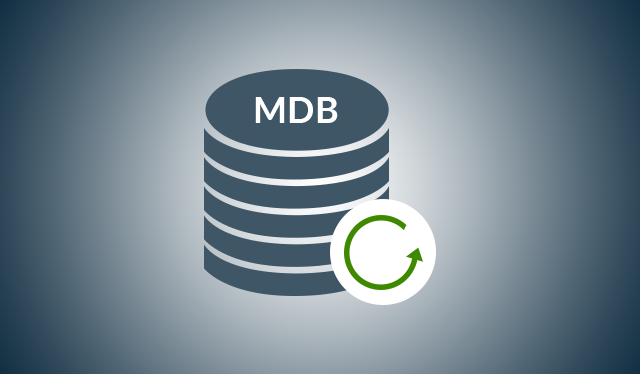
You have to make sure that you maintain backups of the serverĬertificates to prevent data loss. This means that in addition to backing up the database, As a result, when you restore theseīackups, the certificate protecting the database encryption key mustīe available. Obviously your certificate & master key are required for restore.Īs MSSQLTREK Blog here To restore the Certificate from source (and you have to create a DMK (Database Master Key) on destination if you don’t have one), the rest is just performing your normal DB restore process what you do on any other non encrypted user database(s).Ĭreate a Master Key (you don’t have to do this if you already have DMK) and create a certificate from the cert backup and provide private Key file and password to decrypt it.īackup files of databases that have TDE enabled are also encrypted by We have to restore the Cert from the source server, then we should be able to restore the database from the backup. We can't restore a backup on a different instance without Certificates. I have seen discussion about private and public keys online and I am not sure how they are relevant to my configuration or how they are different from the master key which I created in step 1. A certificate stored in a secure location.ĭo I need to worry about private keys or public keys?.If my server died and I needed to restore a backup, do I have everything required for the restore?


BACKUP CERTIFICATE mycert TO FILE = 'path_to_file' I have followed these steps to encrypt a database:ġ) Create a master key on the master database: USE masterĢ) Create certificate: CREATE CERTIFICATE mycertģ) Associate the certificate to the database: USE mydbĤ) Encrypt the database: ALTER DATABASE mydbĥ) Export the certificate. I am trying to get my head around MSSQL TDE encryption.


 0 kommentar(er)
0 kommentar(er)
